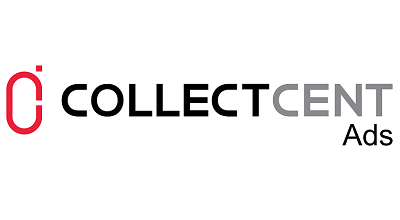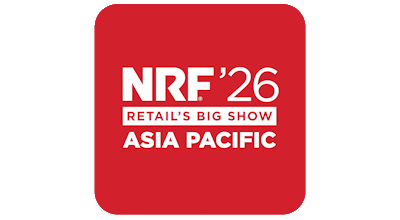What does the media mix in an FMCG space look like? Are the brands still heavy TV spenders, or is the digital pie growing?
It is important for FMCG brands to be salient with the consumers at all times. As the complexity of media is increasing, consumers too are getting fragmented. The variety of media options available to them are far more than ever earlier. Having said that, especially for a market like India, TV is still able to provide the most cost effective reach. However, for certain brands the role of digital is increasing to not only providing engagement but almost complementing the reach achieved through mainline media. For niche or low distributed brands, digital has a far stronger role to play than TV at times.
Do you see the product buying move to digital platforms, especially in urban areas with the growth of Amazon, Flipkart or Grofers and Big Basket? How big a role do these play in product sales vs offline sales?
The role of e-com is definitely increasing day by day. Given various models, people have the luxury to pick a product at the price they want in the comfort of their home. However, the trend is now moving towards buying experiences more than products. At the same time, for most brands the growth is coming from the rural/semi-urban areas which is largely distribution led. Any brand which can strike this balance can have the best of both worlds.
Measurement of digital campaigns becomes difficult when both online and offline sales are involved. How are brands working around this complexity?
Digital attribution remains a challenge the FMCG industry is grappling with. While online sales can definitely be measured, for offline sales, the key is to remove the weight of sales measurement from digital especially in the FMCG space and focus on interim measures like any other media which could be increasing awareness or creating brand preference among those who have consumed the brand message.
With GenZ becoming almost 32% of the global population in 2019, is how is this industry working towards this opportunity?
GenZ is almost like a different species to be dealt with. Their language, aspirations, values, consumptions of media and brands is far removed from what an average marketer would have been geared up for. At the same time, given that they are far more homogenous than the previous generations, with lesser regional or cultural nuances, their drivers remain the similar. This presents an opportunity for brands to come up with customized bespoke products made especially for this generation. This success can be seen in niche male-grooming or online make-up brands which would be unheard of ten years ago.












































































